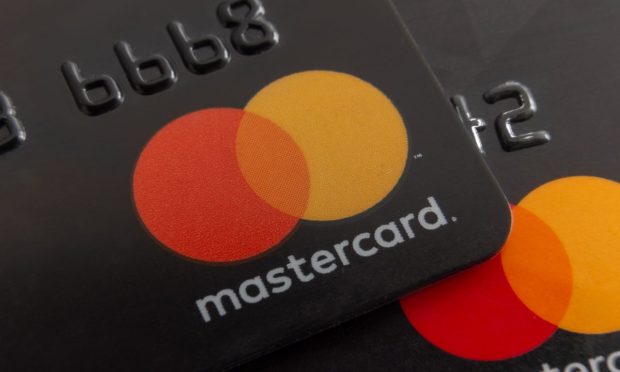Mastercard: US Consumers Boost Spending on Credit Cards by Nearly 15%

Mastercard’s earnings results show that U.S. consumers continue to embrace credit cards for everyday spending.
The supplemental materials provided by the payments network showed that gross dollar volumes were up 15%, to $2.1 trillion. In the U.S. volumes gained 9% to $673 billion. Drilling down a bit, in the states, credit volume swelled nearly 15% to $343 billion.
Cross-border volumes were up 35% in the most recent quarter, and the company disclosed that card-not-present cross-border volumes, excluding travel, gained 17%. The cross-border volumes moderated a bit in the first few weeks of April to 29%. As measured as a percentage of 2019’s pre-pandemic levels, cross-border volumes topped 171% as travelers use their cards to spend more on experiences as they get out and about.
Mastercard CEO Michael Miebach said during a conference call with analysts that “consumer spending has remained remarkably resilient.” The macro backdrop is still strong, as savings are above historical levels. Consumers continue to access credit. The reopening of China has been a “positive catalyst” and is helping to boost travel-related spending.
Growing the Acceptance Footprint
In detailing the payment network’s broadening of acceptance, Miebach said that the company’s “acceptance footprint” has surpassed 100 million locations, doubling through the past five years. Digitization, where cash payments transition to cards and other online channels, holds particular promise across Latin America and India.
More than 100 markets have reached at least 50% contactless penetration, double the number seen three years ago, he said. Cards in consumers’ hands grew by 9% in the quarter to more than 3.2 billion.
“Contactless drives higher consumer engagement and helps accelerate the secular shift to digital payments by accessing lower ticket size purchases that have historically been cash-based,” said Miebach.
Tap on Phone has been enabled in more than 70 markets globally, he said, and Click to Pay is now live in nearly 30 markets globally.
Commercial payments continue to be a greenfield opportunity, as Mastercard’s volumes across debit and credit here were up 21% year on year.
“Today, only a small fraction of payments are captured on card,” Miebach said. “We are enhancing the value propositions from programs like Easy Savings, which offers automatic merchant-funded rebates to nearly 40 million enrolled card holders in over 80 countries, and we’re growing by establishing new issuance deals through partners like Galileo in the United States.”
Chief Financial Officer Sachin Mehra said contactless payments now represent over 58% of all in-person switched purchase transactions.
“Our metrics are holding up well in April,” said Mehra, who added that switched volumes are up 17% as measured through the first three weeks of the month. With the assumption that consumer spending remains resilient and cross-border travel’s recovery remains in place, net revenue growth for the full year is expected to be at a low-teens percentage rate.
Asked on the conference call about generative artificial intelligence (AI), Miebach said, “we’ve been using AI for the better part of a decade, and it’s embedded in a whole range of our products,” noting that it’s a “good solution when it comes to customer service propositions.”

